It occurs to me that I’ve never written about Wakayama’s Mt. Koya, which reminds me of just how long it’s been since I visited (before the blog, even?). It’s definitely a gap in the record, for though I’d only been to Koyasan once before this weekend, it’s one of my favorite places in Japan (and thus, on Earth). Even the trip to Koyasan is an attraction – a lovely train ride through tiny mountain hamlets capped by a final flight up the cable car. It’s an A+ destination, no question among my two or three favorites in Japan. As a bonus, even in August the weather was pleasantly cool (Koya sits at about 3000 feet) and offers limitless hiking options from an hour to multiple days (the latter including the Choshi-no-michi, featuring hundreds of 12th Century stone stupas – this is #1 – as trail markers).
Kansai Diaries – Koyasan

Koyasan is something people sometimes try as a day trip, but to me that’s a poor decision. If you’re based right in Osaka maybe, but even there it’s two hours each way. Plus, as with any popular spot day-trippers are a scourge in every sense – at least if you stay overnight you lose them for a few hours in the evening and morning (which are the best times in Koyasan).
Most folks who do stay over stay in a shokubo, a temple lodging, which is what I did the first time I visited. For a first trip this is a must, as that’s a big part of the experience – the shoujin ryori for dinner, being served my young monks, the shared bath. This time I went with one of the few secular lodging options, the wonderful Koysan Kokuu, largely for reasons of cost. But it also allowed me to explore a bit for dinner, and attend morning services at the Torodo in Okunoin itself rather than at my shokubo.
Koyasan will bring out whatever spirituality you have, if you have it in you. Founded by Kobo Daishi in 816 and the center of Shingon Buddhism, Mt. Koya is the holiest place in Japan. Its Okunoin cemetery – where Kobo Daishi locked himself in a small temple and went into eternal meditation in 836 (the acolytes still bring him food and water twice a day) – is packed with the graves of thousands of important Japanese (major corporations have their own sites) who were desperate to be close to Kobo Daishi for eternity. If one chooses, they might spend hours visiting such graves in the cemetery. It’s one of the few sights (while there’s no proscription against it, I don’t photograph in cemeteries as a personal preference) where two visits are a must – once during the day, when the lantern hall is open, and again at night – where the lantern-lit stone pathways are astonishingly atmospheric and beautiful.
Interesting oddities foilowed me everywhere on this journey. I was playing one of those word puzzles on my phone on the way up, and the last two words I found were “lotus” and “soul”. In the Garan (the temple complex in the center of town) a huge dead bat was sprawled on the stones in broad daylight. And as I walked through the Okunoin at dusk, a Japanese woman approached me and in pretty decent English started quizzing me on Japanese history, then (unbidden, mind you) to tell me about her father who was a priest born in Koyasan (and now buried near where we stood) and was “not a good man, a domestic violence”. Finally, at dinner at a tiny local eatery, the obaa-san brought me my food and held up a small handwritten card which said in English “It’s OK to eat the shrimp’s tail”.
Koyasan is never dull, and there does seem to be a certain kismet to the place. But mostly it’s just beautiful, contemplative and unique. If you’re in Kansai and have a day or two to spare, I highly recommend it as a visit you’ll not soon forget.


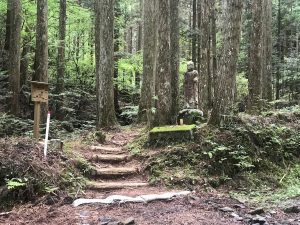
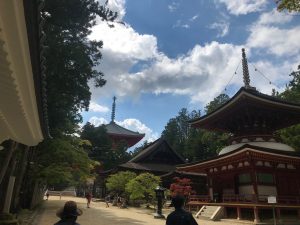
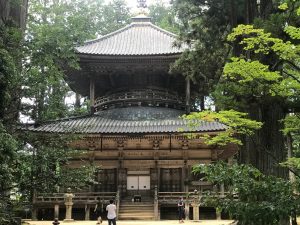

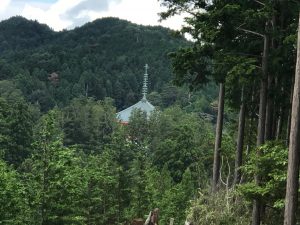
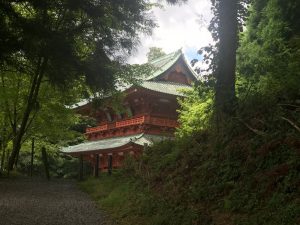
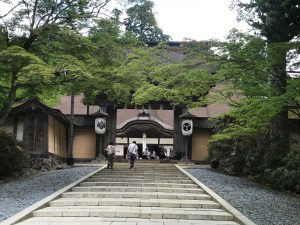
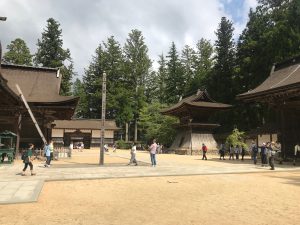
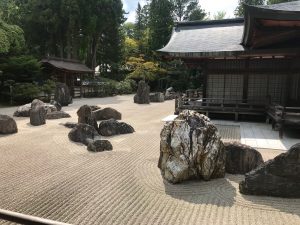
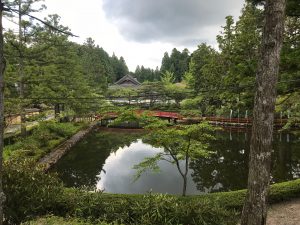
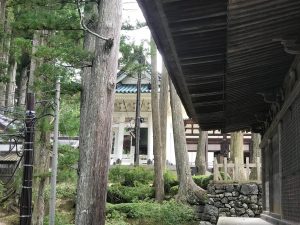

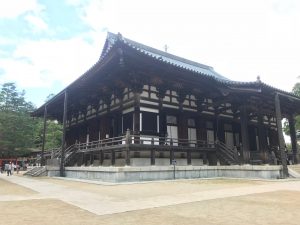
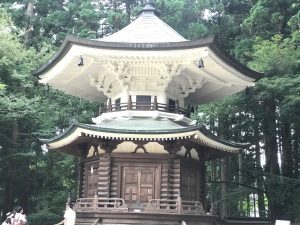
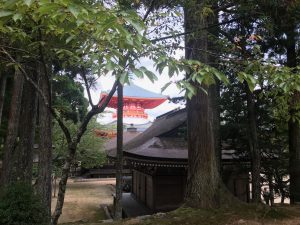


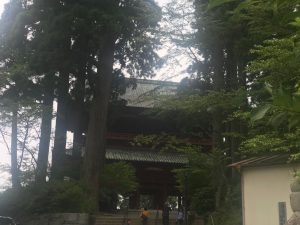
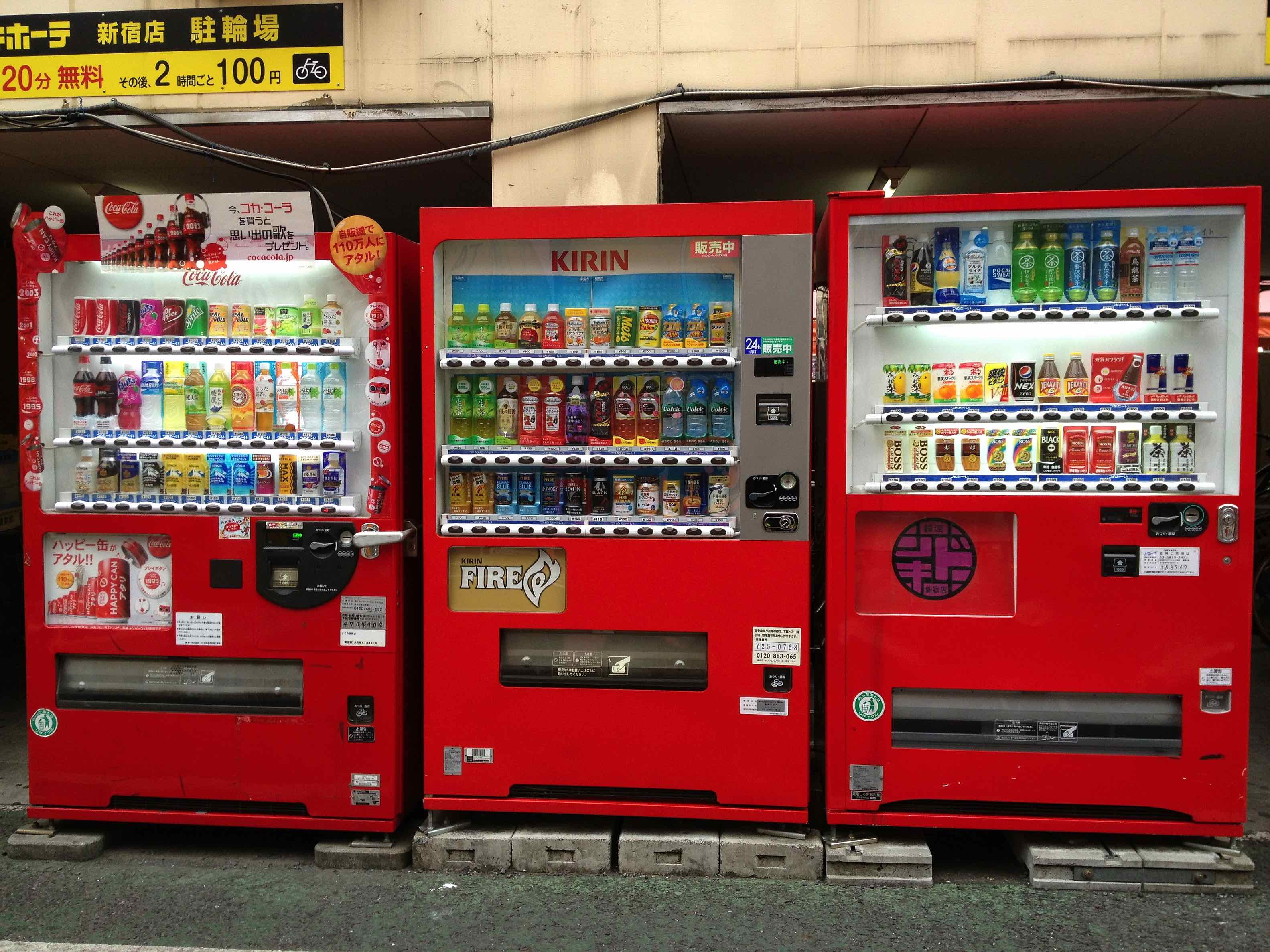
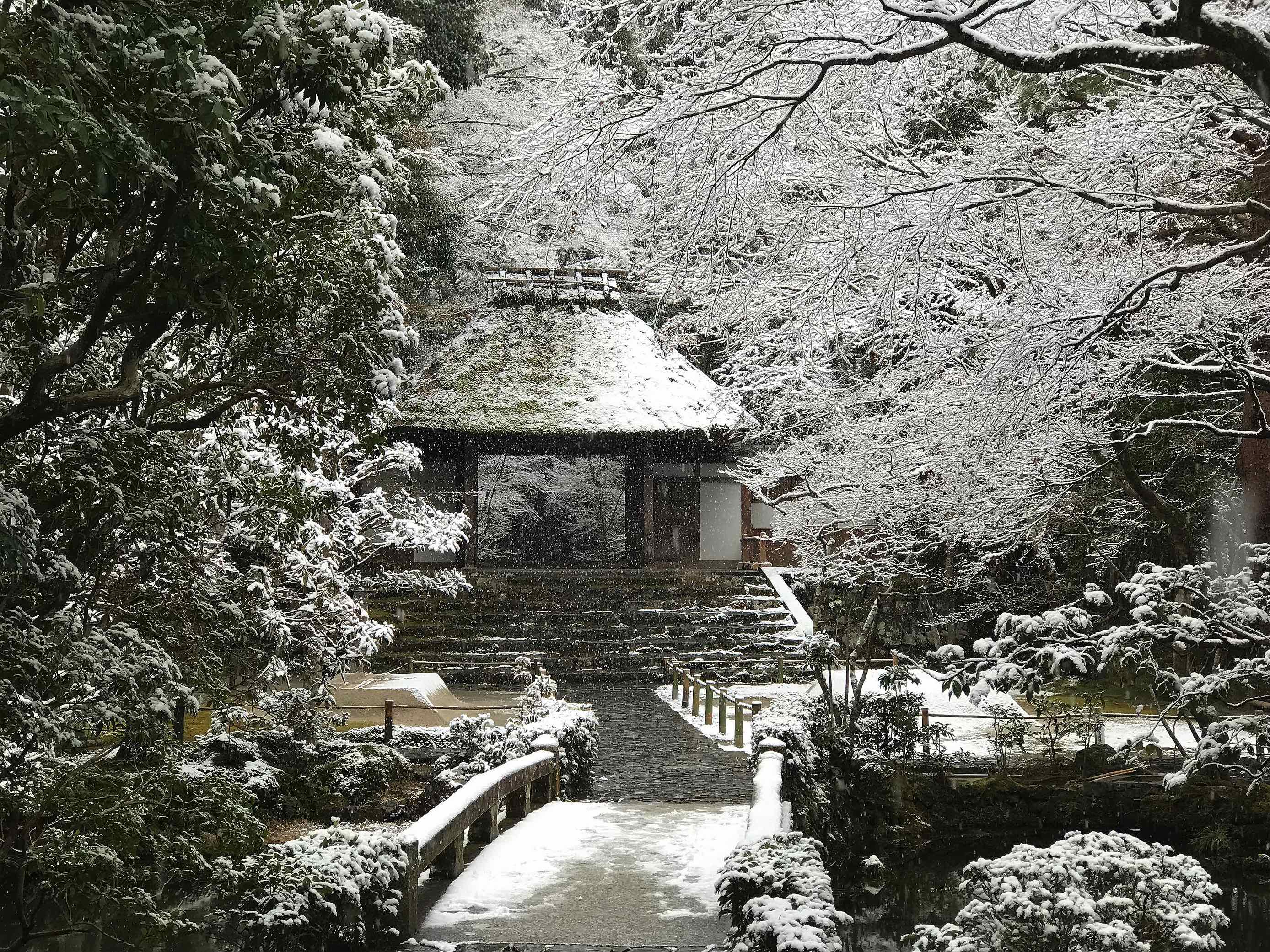
elianthos80
August 11, 2018 at 1:43 pmThese might be some of your best pictures in conveying how evocative the place is supposed to be 🙂
– Shrimp’s tail is delicious <3
mika163
August 11, 2018 at 3:01 pmI like Koyasan too and wouldn’t dream of visiting it on a day trip. It is one of those places that requires an overnight stay to better appreciate the place. I was too chicken to visit Okunoin at night. I got up early in the morning to visit it and even then felt shivers down my back.
Guardian Enzo
August 11, 2018 at 4:30 pmIt’s funny – it doesn’t effect me that way at all. It doesn’t have the feel of a graveyard to me – there’s something hopeful about it, as crazy as it sounds. Maybe it’s just the idea that everyone there was so adamant that they be close to Kobo Daishi, and now they are.
mika163
August 12, 2018 at 2:56 amI was deep into the inner sanctuary of Okunoin when I saw a flash of white in the distance out of the corner of my eye. My heart was beating so fast and no, I did not imagine it. I had not come across any soul (of the human variety) since I ventured into Okunoin that early morning. Turned out that flash of white was a very fast walking ohenro-san (pilgrim dressed in a traditional all-white outfit) after our paths crossed again later that morning. Okunoin is definitely not your normal cemetery. It was very atmospheric when there was enough daylight for me to look around. The corporate burial sites were an eye-opener
You should try some of the pilgrimage trails on your next visit. Due to a lack of time, I did an abbreviated version of the women pilgrims route. I started from Nyonindo up to Bentendake and ended at the Daimon, all in the pouring rain.
Guardian Enzo
August 12, 2018 at 3:00 amHeh, I did exactly the same – about two hours of the Women’s Pilgrimage Route, from Okunoin to Daimon (the first few photos are from that hike). I also did a bit of the Choshi-no-Michi, but to really do that one justice I think you to at least walk from Kii-Hosokawa.
mika163
August 12, 2018 at 4:21 amNo, it is not the same. You covered the portion that I did not do (you started from the opposite direction) although we were both on the same route.
Guardian Enzo
August 12, 2018 at 4:50 amThat’s what I meant!